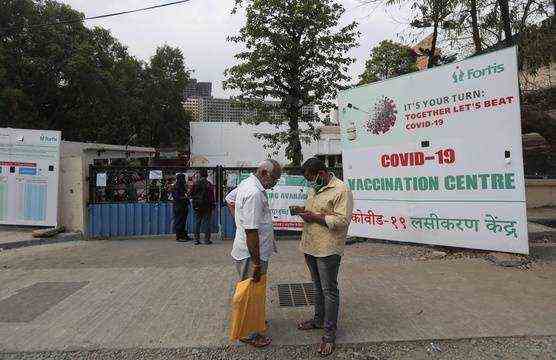The World Bank and the Covax system have put in place a new financing mechanism that should make it possible to immunize 250 million people in poor countries by mid-2022, according to a joint statement released on Monday. This new funding mechanism should allow the 92 member countries of Covax, the poorest, to buy additional doses beyond the quota already fully funded by donor countries, said the press release.
“Access to vaccines is the biggest challenge facing developing countries to protect their population from the impact of the Covid-19 pandemic from a health, social and economic point of view,” said the boss from the World Bank, David Malpass. For now, vaccine inequality between rich and poor countries is the rule.
As of July 26, the 29 poorest countries have only been able to administer 1.5 doses per 100 inhabitants, where rich countries are at 95.4 doses per 100 inhabitants, according to an AFP count.
250 million people between end-2021 and mid-2022
Disadvantaged countries, which already have vaccine projects approved by the World Bank, will be able to confirm their desire to purchase additional doses from Covax, the type of vaccine and the delivery schedule. Once the World Bank has informed the country of its plan, the latter can provide Covax with a payment guarantee. With the guarantee of the World Bank, “Covax can negotiate large volumes of anti-Covid vaccines with manufacturers at competitive prices,” said the press release.
This mechanism should allow the 92 most disadvantaged countries participating in the Covax system to obtain 430 million additional doses or enough to vaccinate 250 million people between the end of 2021 and mid-2022. They will also be able to choose the vaccine they prefer, the statement said.
The Covax system, a partnership between the World Health Organization, the Vaccine Alliance [Gavi] and the Coalition for Innovations in Epidemic Preparedness [Cepi], was only able to deliver just over 135 million doses to 136 countries, a long way from its initial targets, partly because rich countries grabbed the available vaccine doses but also because India – which was to provide most of the doses – has banned exports for several months to fight the pandemic at home.

